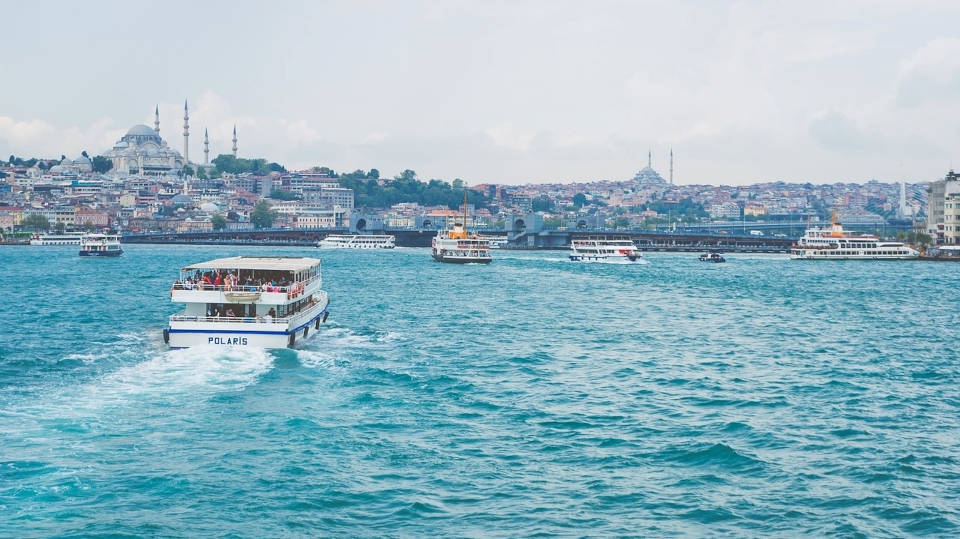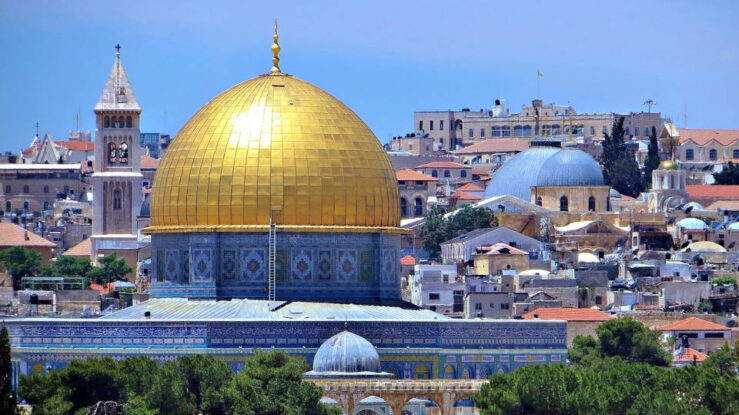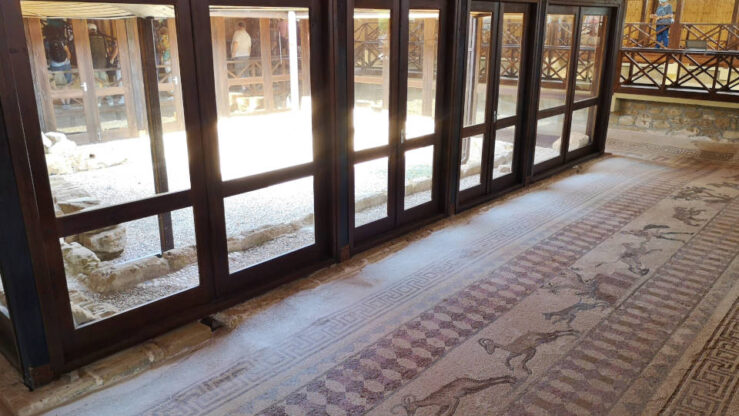9 Things to Do in Istanbul – Where to Stay?
1. Blue Mosque
2. Hagia Sophia
3. Grand Bazaar
4. Topkapi Palace
5. Suleymaniye Mosque
6. Spice Bazaar
7. Basilica Cistern
8. Galata Tower
9. Bosphorus Strait
9 Things to Do in Istanbul – Where to Stay? Istanbul is the capital that straddles two continents – Europe and Asia – and when visiting the city, you will soon notice that it is all a mixture of modern European and traditional Asian culture. Many cultural traditions are still being practised, such as performing the Dervish dance, indulging in a Hammam experience or something as usual as drinking Turkish Coffee. Get inspiration here for exciting things to do / attractions to visit in Istanbul – and find a place to stay where you will have several classic sights within easy reach.
Istanbul’s history goes back to around 660 BC when Greek settlers arrived and established Byzantium on the western (European) side of the wide Bosphorus Strait. The Romans conquered the city in 330 AD and now made Constantinople the capital of the Roman Empire. That lasted until 1453, when Constantinople fell and became the capital for the Ottomans.
In 1928, the adoption of the Latin alphabet meant that the Turkish name Istanbul was introduced as the official name as a replacement for the ancient Roman name Constantinople. Although today no longer the capital of modern Turkey (Ankara is), the city underwent significant changes with new infrastructure and impressive public squares – and developed into the Istanbul we know today.
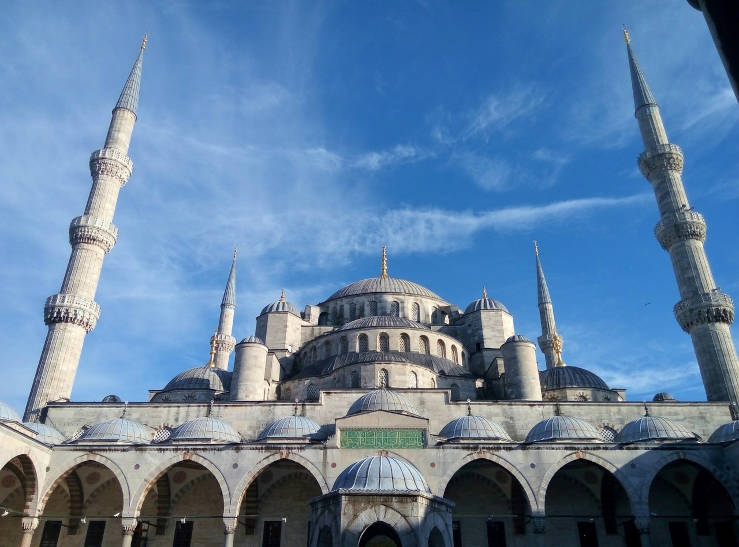
Photo: Egor Shitikov / Pixabay
In 1985, the Blue Mosque was declared a UNESCO World Heritage Site. The Ottoman-period mosque is also known as the Sultan Ahmed Mosque since it was constructed in the years 1609-1616 during the rule of Ahmed I as the first imperial mosque for over 40 years. Complementing Ottoman architecture, it features elements of both traditional Islamic and Byzantine architectural styles.
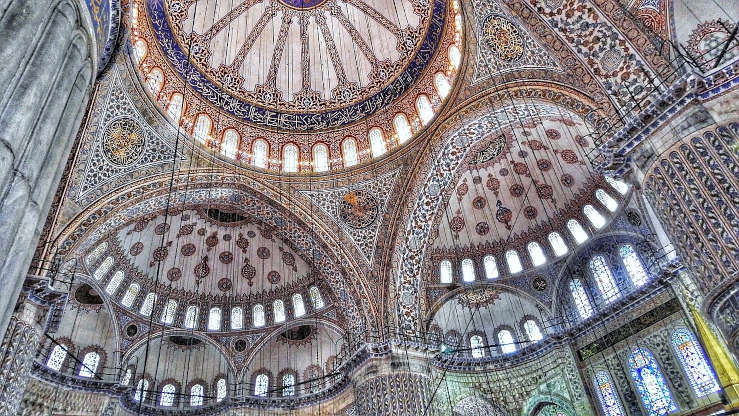
Photo: Stephen / Pixabay
The name, the Blue Mosque, refers to the blue tiles covering the interior walls and domes, which are illuminated at night. In total, the Blue Mosque has five large domes, six minarets, and eight smaller domes. The upper part of the construction is adorned with 20,000 hand-painted ceramic tiles in various intricate patterns. Moreover, there are around 200 beautiful stained glass windows.
The Blue Mosque is a top attraction and one of the favourite places to visit – one of the things you must do in Istanbul! It is also an excellent place in the Turkish metropolis for people-watching.
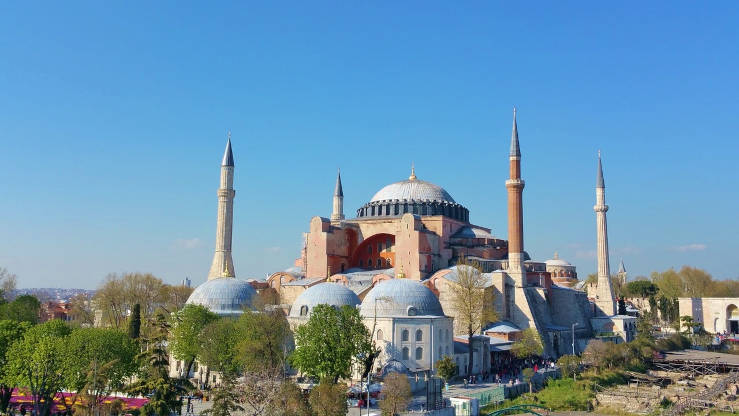
Photo: Waldo Miguez / Pixabay
Just a stone’s throw from the Blue Mosque is the spectacular Hagia Sophia (‘Holy Wisdom’), the famous mosque originally built as an Eastern Orthodox Church in 537 AD. It replaced two previous basilicas that had both burned down, the first one being built in 360 AD when Istanbul was known as Constantinople (named after Constantine I, the ruler of the Byzantine Empire). It is unique in that it was one of the first structures in the world with a fully pendentive dome.
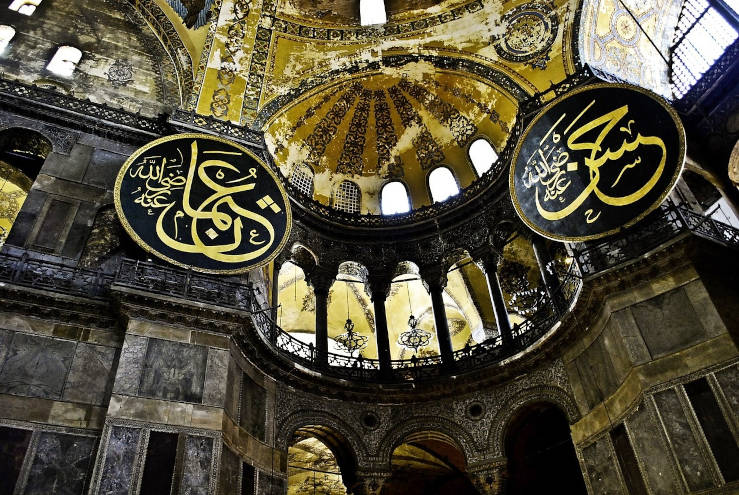
Photo: Mojca-Peter / Pixabay
During the Fourth Crusade, Hagia Sophia was converted into a Catholic cathedral and remained so until 1261, when it was returned to the Eastern Orthodox Church. That lasted until the Fall of Constantinople to the Ottoman Empire in 1453. From that year, it became the principal mosque of Istanbul – right until the Blue Mosque (Sultan Ahmed Mosque) was erected in 1616.
In 1935, it became a museum and served as such until it again became a mosque in 2020. Hagia Sophia is a significant historical site in Istanbul and is considered the epitome of fine Byzantine architecture.
The Blue Mosque is a top attraction and one of the favourite places to visit – one of the things you must do in Istanbul! It is also an excellent place in the Turkish metropolis for people-watching.
The Grand Bazaar is one of the oldest covered markets in the world – and even one of the largest! Construction of the Grand Bazaar was initiated in 1455, shortly after the Ottomans arrived in the city.
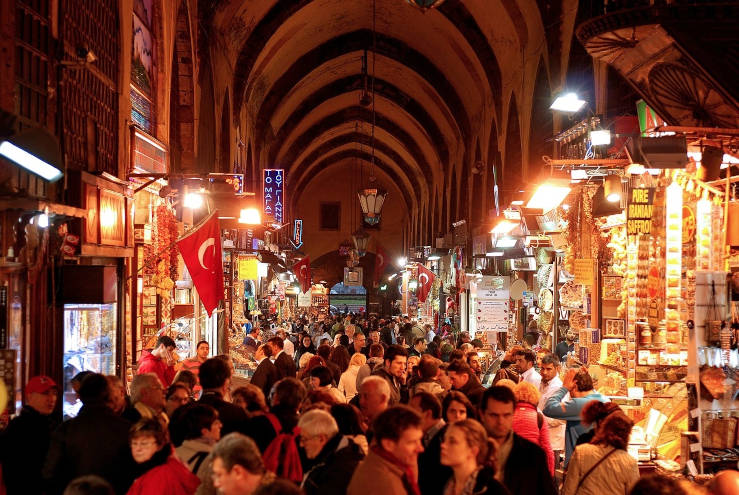
Photo: Polat Döver / Pixabay
A visit to the historic bazaar, with a unique atmosphere, is one of the must-do things when visiting Istanbul. The intricate pattern of 60 covered streets with all kinds of shops, restaurants, coffee shops, hammams, and more is an attraction in itself. There are 22 gates to enter the Bazaar – the main entrance being the Beyazit Gate.
Located inside the walled city of Istanbul, the unparalleled Grand Bazaar is a popular place to hang out – or visit to make a bargain in one of the 4,000 shops! Between 250,000 and 400,000 people pass through the Bazaar every day. In Istanbul’s jumble of shops and goods, you can find nearly anything within oriental carpets, souvenirs, leather products, bags, shoes, accessories, jewellery, antiques, handicrafts, spices, and Turkish sweets.
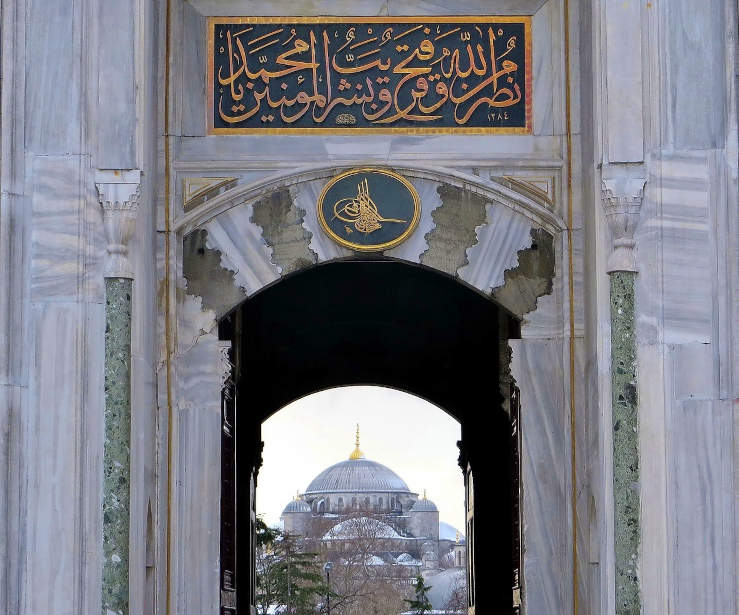
Photo: Günther Simmermacher / Pixabay
Construction of Topkapi Palace began in 1459 by order of the Sultan Mehmed the Conqueror. At first, it was called ‘New Palace’, as an ‘Old Palace’ already existed in the city. Much later – centuries later – it became known as Topkapi Palace (‘Cannon Gate’). The complex expanded over the years and eventually had several buildings with four courtyards in the middle. At the height of the Ottoman era, Topkapi had 4,000 residents, including a harem of 300!
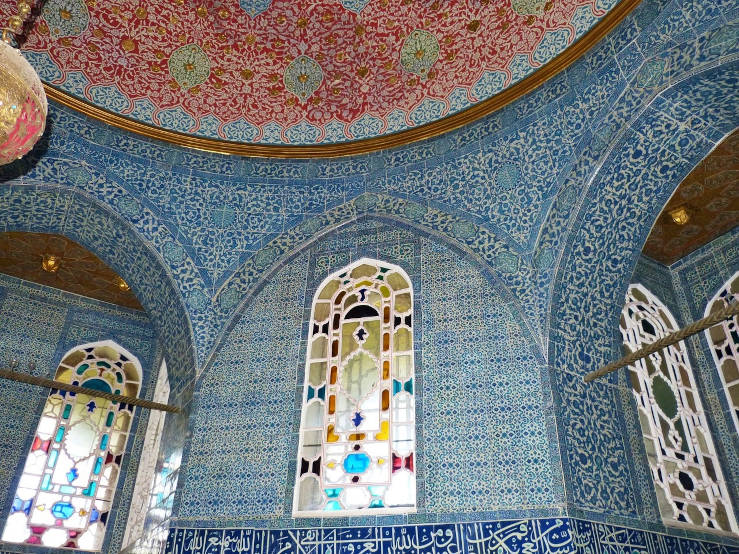
Photo: falco / Pixabay
The Palace served as the residence of the Ottoman court during the years 1478-1856, but it gradually lost its importance after the 17th century. Topkapi was the seat of about 30 sultans, and the Palace is famous for its outstanding architecture, a blend of Islamic, Ottoman and European architectural styles.
It is now a museum housing the imperial collections of books, manuscripts, and cultural items. The public has access to the Ottoman Imperial Harem and the treasury, with artefacts, such as the Spoonmaker’s Diamond and the Topkapi Dagger on display. The Palace forms part of the Historic Areas of Istanbul, which are today recognised as UNESCO World Heritage Sites.
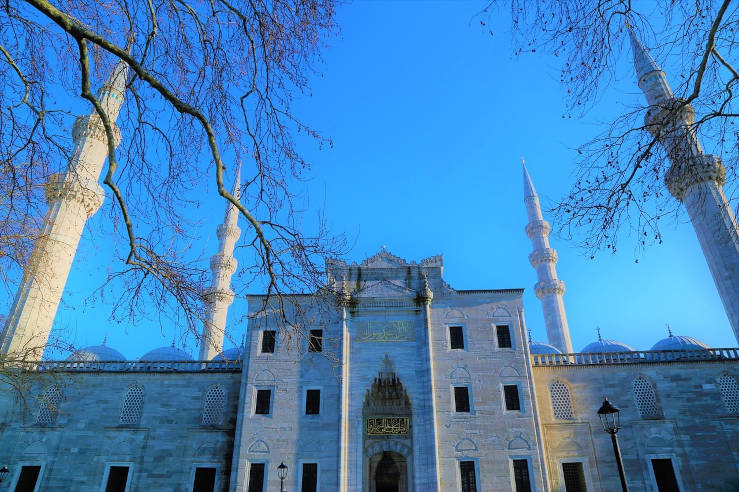
Photo: Ekrem / Pixabay
The Suleymaniye Mosque is an Ottoman masterpiece and tribute to Sultan Süleyman the Magnificent, the longest-reigning sultan of the Ottoman Empire. It took eight years to complete the spectacular mosque, designed by the architect Mimar Sinan and inaugurated in 1557.
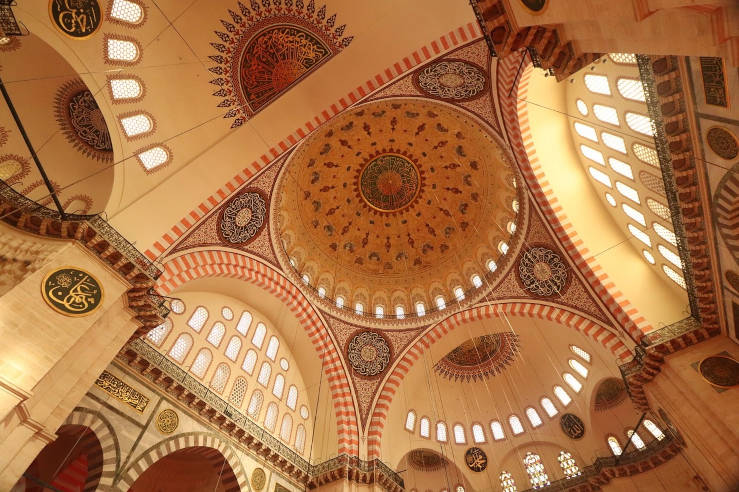
Photo: Sinasi Müldür / Pixabay
Located on top of the Third Hill of Istanbul, it provides magnificent views of the surrounding city. As one of the largest mosques in Istanbul, it appears very impressive with its 47-metre-high dome atop the hill!
Inside, it is beautifully decorated – you can see it for yourself on a guided tour. A visit to the Suleymaniye Mosque is definitely among the most interesting things to do in Istanbul!
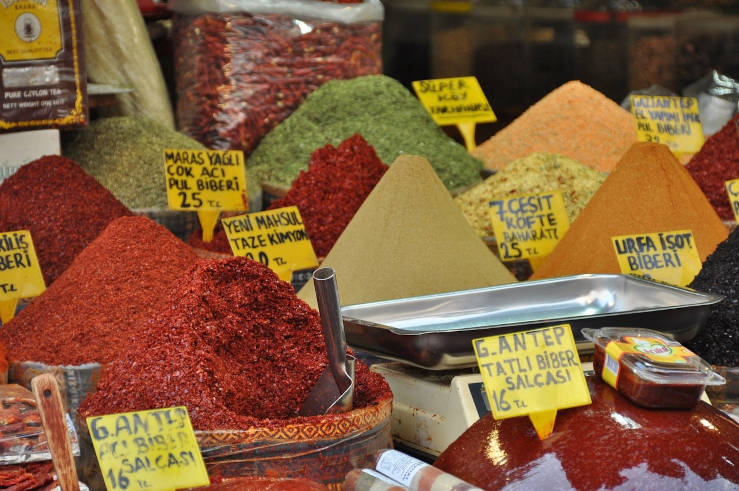
Photo: Woern / Pixabay
After the Grand Bazaar, a visit to Istanbul’s Spice Bazaar is also one of the things you must do during your stay. It is, of course, not as large as the Grand Bazaar, but it stands out as one of the most exciting markets in terms of fragrance and atmosphere. It is an enticing, colourful market full of exotic flavours, and it is difficult to pass the 85 shops and stalls without being tempted to taste.
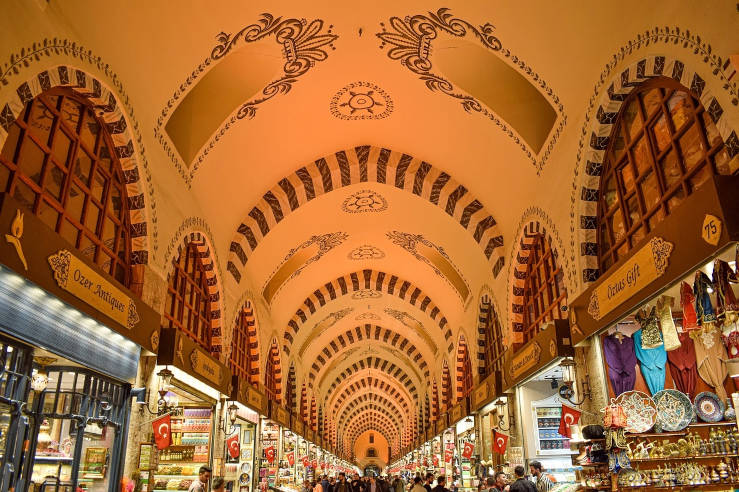
Photo: Ben Kerckx / Pixabay
In 1664, the covered Spice Bazaar was built as part of the New Mosque complex. The revenues from the Bazaar contributed to the maintenance of the Mosque.
Other names for the Spice Bazaar are the Egyptian Bazar or the Corn Market. In addition to an abundance of spices, you will find fruit teas, Turkish coffee, Turkish delight, dried apricots, figs, dates, nuts, the baklava speciality and many other traditional Turkish products. In recent years, several of the shops have started adding new types of products.
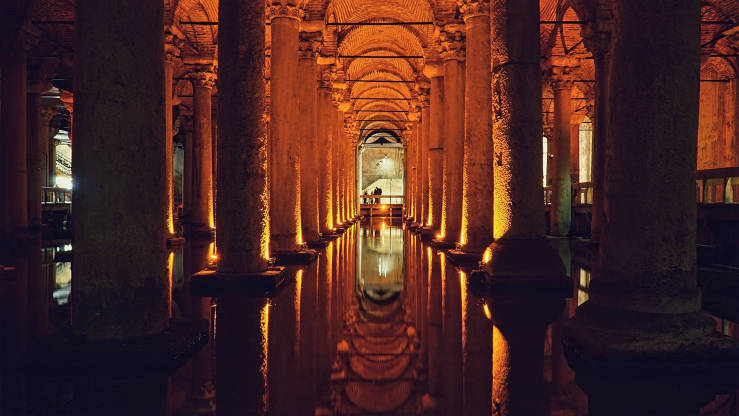
Photo: Salih Altuntas / Pixabay
A fascinating attraction in Istanbul is the Basilica Cistern (Yerebatan Sarnici), part of an intricate cistern system beneath the city, a hidden gem close to Hagia Sophia under the public square ‘Stoa Basilica’ that in the past had a Roman basilica. Its existence was forgotten for nearly a millennium. When visiting, you will have to look for the carved face of Medusa!
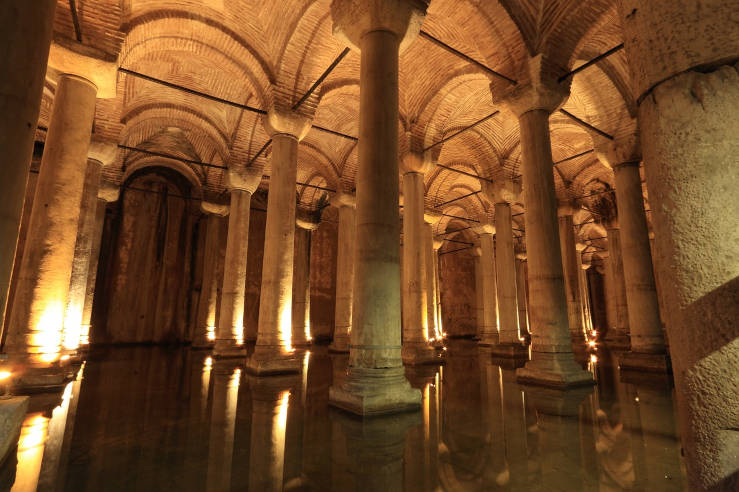
Photo: Olaf / Pixabay
Construction of the 6th-century subterranean cistern complex required labour from 7,000 slaves. The cistern supplied the Great Palace of Constantinople and the Topkapi Palace with water for many years.
The Basilica Cistern also plays a role in the modern film and video game industry since it is the setting in several films, novels, series, and computer games. Today, there is public access to the site.
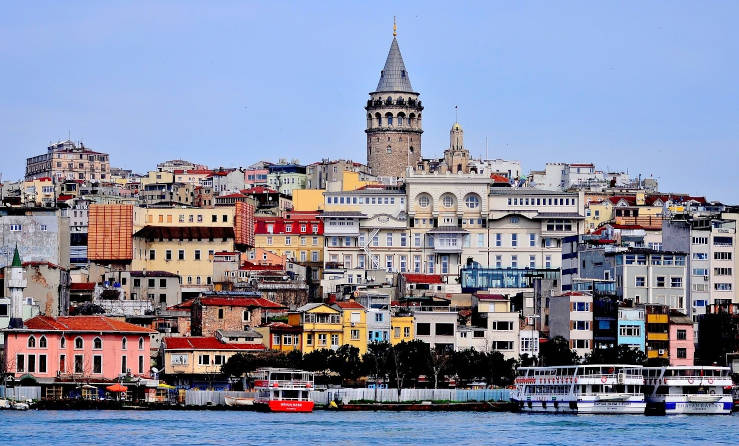
Photo: Hilmi Ceper / Pixabay
A famous landmark in Istanbul is the Galata Tower, located in the Galata neighbourhood not far from the junction of the Bosphorus Strait and the Golden Horn. It was built as a combination of Roman, Genoese, and Ottoman styles.
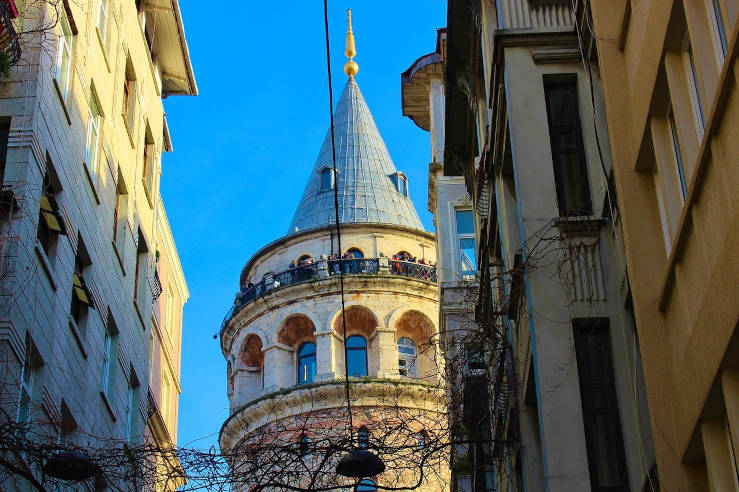
Photo: Sinasi Müldür / Pixabay
The UNESCO World Heritage-listed tower was constructed in 1348 as a watchtower along the Walls of Galata – and succeeded an earlier Byzantine lighthouse built by Emperor Justinian in 527 AD. Over the years, it was used for protection, as a fire watchtower, and even as a prison!
The iconic Galata Tower was built in a Romanesque style and was, with its 70 m and nine storeys at the time of construction, the highest building in Istanbul. Its silhouette can today be seen from many parts of Istanbul, and it is a popular place to visit among locals and visitors alike!
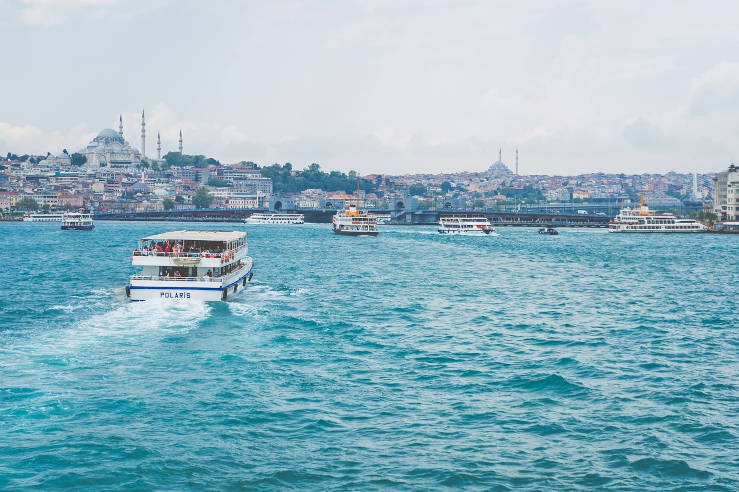
Photo: Sulox32 / Pixabay
No visit to Istanbul is complete without a glimpse of the Bosporus Strait – the historic waterway that separates Europe and Asia. On the western side, you have European Istanbul, and on the eastern side, Asian Istanbul.
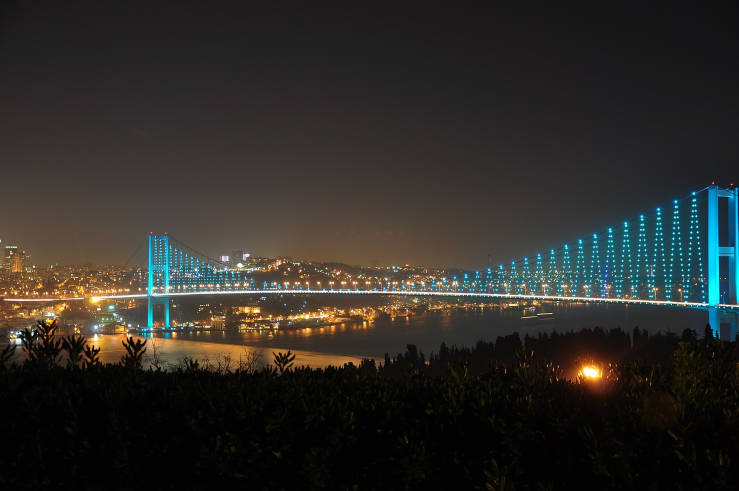
Photo: Ecowa / Pixabay
Even better, if you could take a cruise on the Bosphorus. It is a unique experience both during the day and at night. There are many options to cruise the Strait: pick a tour operator – or take a public ferry! During the tour, you can explore the gigantic bridges that span the waterway.
The Strait is 17 nautical miles long – stretching from the Black Sea in the north to the Sea of Marmara in the south. Whether you take the whole stretch or only a part, you can enjoy a panoramic view of the city and small harbours along the Bosphorus.
Read next: Ephesus Ancient City Ruins & Library of Celsus and Visit 7 Ancient Cities in Israel
9 Things to Do in Istanbul – Where to Stay
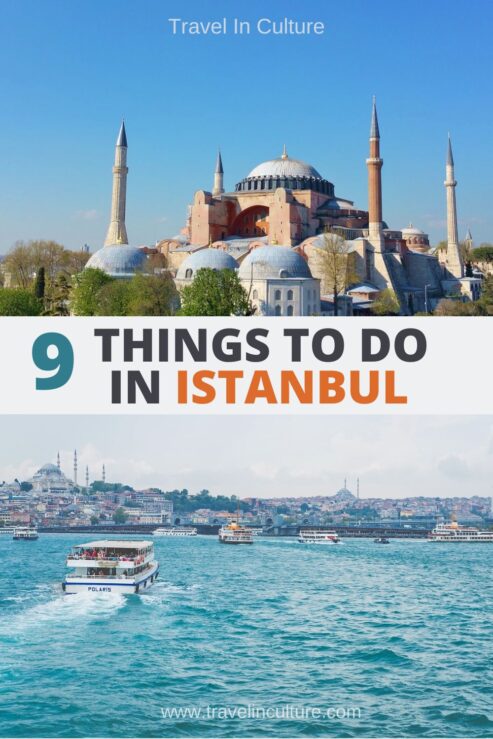
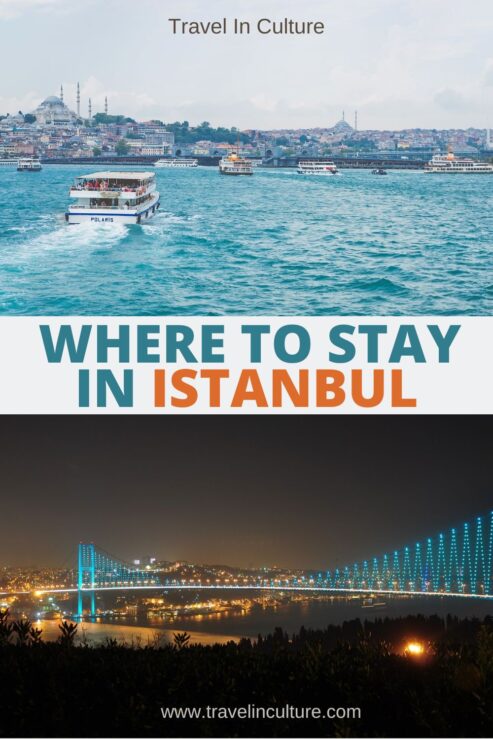
Featured image of
9 Things to Do in Istanbul – Where to Stay:
Sulox32 / Pixabay
Istanbul travel – What things to do in Istanbul – Where to stay – Places to visit


